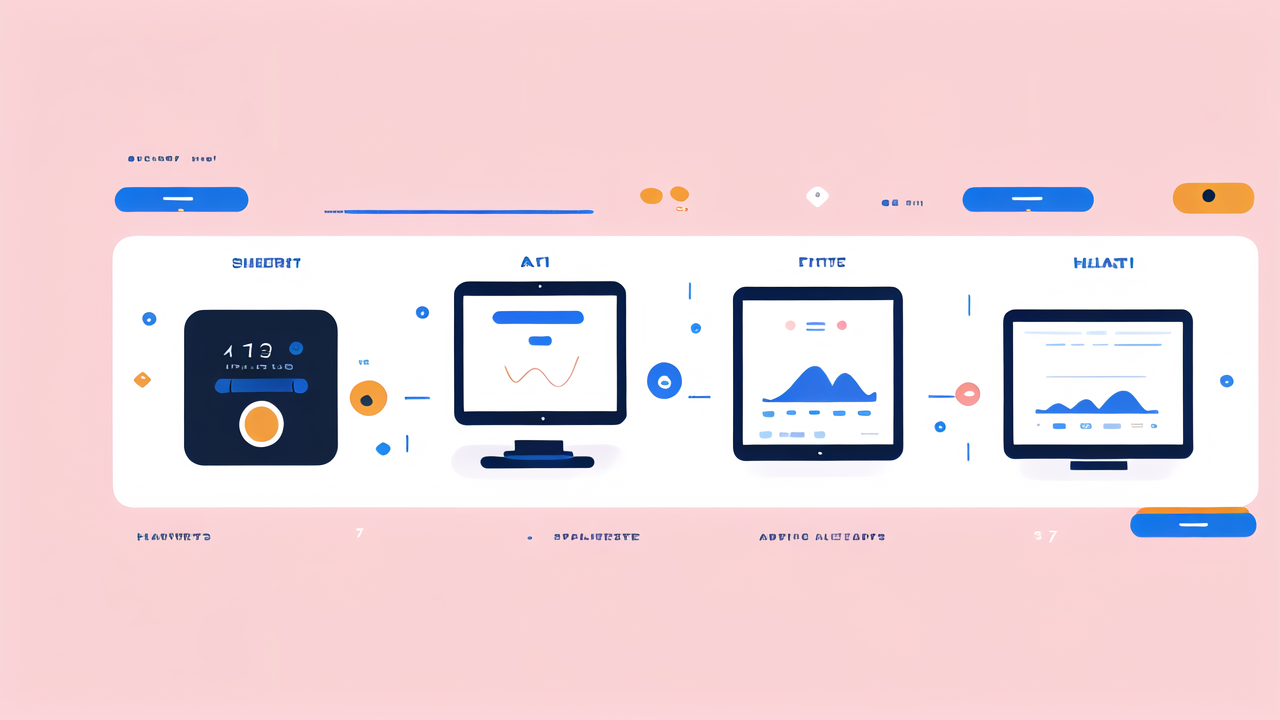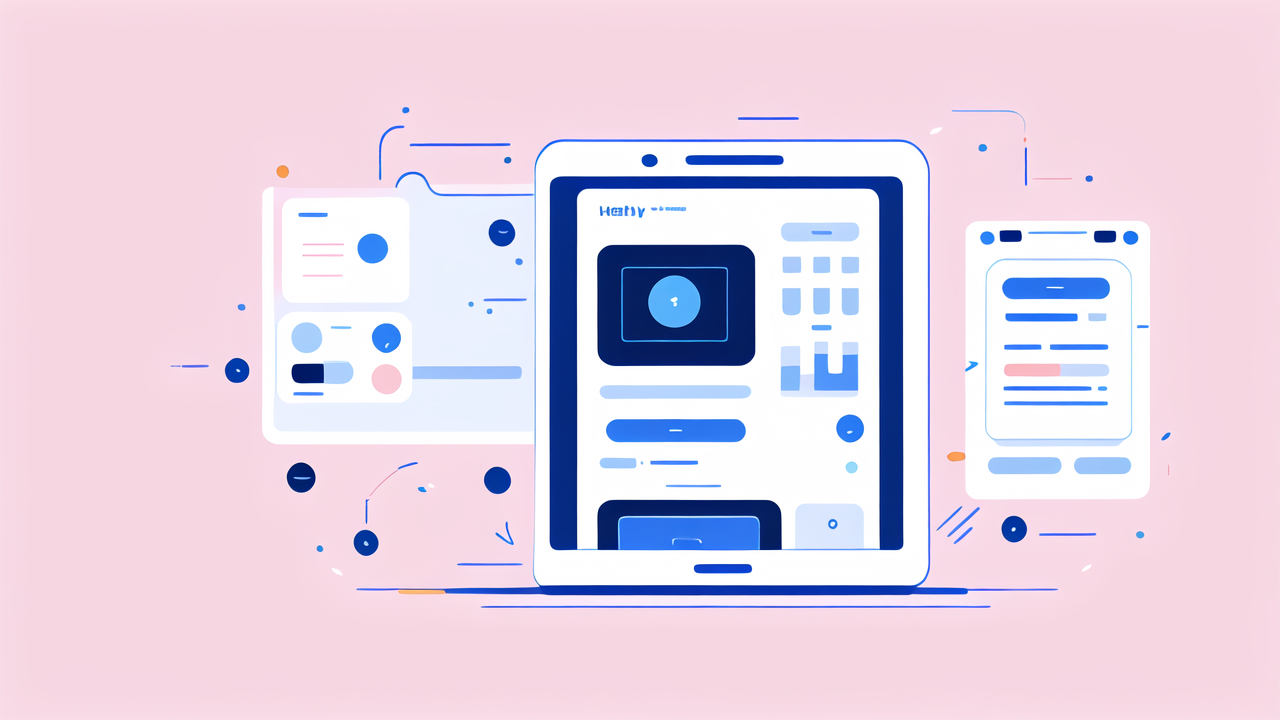Understanding Filatime: A Smart Watch for Health and Wellness
The Evolution of Smart Watches in the Healthcare Sector
Smart watches have come a long way in the healthcare sector. They started as simple step counters. Now, they're advanced health monitors. Filatime is at the forefront of this evolution.

The first smart watches only tracked basic fitness data. They counted steps and estimated calories burned. As technology improved, so did their capabilities. Heart rate monitors were added. Then came sleep tracking and stress level measurements.
Filatime takes these features to the next level. It uses AI to provide more accurate and personalized health insights. This makes it a powerful tool for preventive healthcare.
The evolution of smart watches reflects a shift in healthcare. There's a growing focus on prevention and self-monitoring. Filatime embodies this trend, empowering users to take charge of their health.
Key Features of Filatime Smart Watches
Filatime smart watches boast several impressive features that set them apart:
- Advanced Heart Rate Monitoring: Tracks heart rate 24/7 with medical-grade accuracy.
- Sleep Analysis: Provides detailed insights into sleep patterns and quality.
- Stress Level Tracking: Measures stress levels throughout the day.
- Blood Oxygen Monitoring: Keeps track of blood oxygen levels, crucial for overall health.
- ECG Function: Allows users to take electrocardiograms anytime, anywhere.
- Activity Tracking: Monitors various types of physical activities and workouts.
- Personalized Health Insights: Uses AI to provide tailored health recommendations.
- Long Battery Life: Lasts up to 7 days on a single charge.
- Water Resistance: Can be worn while swimming or in the shower.
- User-Friendly Interface: Easy to navigate and understand health data.
These features make Filatime a comprehensive health monitoring tool. It's not just a watch, but a personal health assistant on your wrist.
How Filatime Integrates with Existing Health Ecosystems
Filatime doesn't exist in isolation. It's designed to work seamlessly with existing health ecosystems. This integration enhances its value as a health monitoring tool.
Filatime syncs with popular health apps like Apple Health and Google Fit. This allows users to see all their health data in one place. It also integrates with fitness apps like Strava and MyFitnessPal.
The watch can share data with healthcare providers too. This feature is particularly useful for chronic disease management. Doctors can monitor patients' vital signs remotely, enabling timely interventions.
Filatime also works with smart home devices. It can control smart thermostats based on your body temperature. Or adjust lighting based on your sleep patterns. This creates a holistic health environment.
The seamless integration makes Filatime more than just a standalone device. It's a key player in the broader health tech ecosystem.
Analyzing the Impact of Filatime on User Health and Lifestyle
Personal Health Monitoring: Empowering Users with Filatime
Filatime is changing how people monitor their health. It puts powerful health data in the hands of users. This empowers them to make informed decisions about their well-being.

The watch provides real-time health metrics. Users can see their heart rate, stress levels, and sleep quality at a glance. This immediate feedback helps users understand their body better.
Filatime's AI analyzes this data to provide personalized insights. It might suggest when to take a break if stress levels are high. Or recommend earlier bedtimes if sleep quality is poor.
The ECG function is particularly empowering. Users can take an ECG anytime they feel something's off. This can help detect heart issues early, potentially saving lives.
By making health data accessible and actionable, Filatime turns users into active participants in their health. It's not just about tracking, but understanding and improving one's health.
The Role of Filatime in Promoting Lifestyle Changes
Filatime doesn't just monitor health; it motivates positive lifestyle changes. The watch acts as a constant reminder to prioritize health and wellness.
The activity tracking feature encourages users to move more. It sets personalized goals and celebrates when users meet them. This gamification makes exercise more fun and engaging.
Sleep tracking helps users improve their sleep habits. The watch provides tips for better sleep based on individual patterns. This can lead to improved sleep quality and overall well-being.
Stress monitoring is another powerful tool for lifestyle change. By identifying stress triggers, users can learn to manage stress better. This can lead to improved mental health and productivity.
Filatime's personalized insights often suggest small, achievable changes. These might include taking short walks, practicing deep breathing, or drinking more water. Over time, these small changes can lead to significant health improvements.
Case Studies: Successful Use of Filatime in the United States
Several case studies highlight Filatime's positive impact on health and lifestyle. Here are a few examples:
- John, 45, discovered an irregular heart rhythm thanks to Filatime's ECG function. This led to early diagnosis and treatment of atrial fibrillation.
- Sarah, 32, used Filatime to manage her stress levels. The watch's reminders to take deep breaths helped her reduce anxiety and improve work performance.
- Tom, 58, with type 2 diabetes, used Filatime to monitor his activity levels and sleep. This helped him better manage his condition and reduce medication.
- Lisa, 28, used Filatime to track her menstrual cycle and fertility. This helped her conceive after months of trying.
- Mark, 50, lost 30 pounds in six months by following Filatime's personalized fitness recommendations.
These cases show how Filatime can have a real, positive impact on people's lives. From managing chronic conditions to achieving fitness goals, Filatime is proving to be a valuable health tool.
Future Prospects: What's Next for Filatime and the Health Tech Industry?
Technological Advancements: What Filatime Teaches Us
Filatime's success offers valuable lessons for the health tech industry. It shows the power of combining accurate sensors with smart AI.

One key lesson is the importance of user-friendly design. Filatime makes complex health data easy to understand. This approach should be a model for future health tech devices.
Another lesson is the value of personalization. Filatime's AI tailors insights to each user. This personalized approach is likely to become standard in health tech.
Filatime also demonstrates the potential of non-invasive health monitoring. As sensors improve, we may see even more health metrics being tracked through wearables.
The integration with other health systems is another important lesson. Future devices will likely focus on being part of a broader health ecosystem.
These lessons from Filatime are shaping the future of health tech. They point towards more personalized, integrated, and user-friendly health devices.
Regulatory Perspectives on Smart Health Devices
As smart health devices like Filatime become more common, regulators are taking notice. There's a growing need to balance innovation with user safety and privacy.
The FDA has started classifying some smartwatch features as medical devices. This means stricter oversight for functions like ECG monitoring. Filatime has worked closely with regulators to ensure compliance.
Privacy is another key regulatory concern. Health data is sensitive, and its protection is crucial. Filatime has implemented strong data encryption and user control features.
Regulators are also looking at the accuracy of health data from smartwatches. They want to ensure users can rely on this data for health decisions. Filatime's focus on accuracy aligns well with these concerns.
As the industry grows, we can expect more specific regulations for smart health devices. Companies like Filatime are helping shape these regulations through their practices.
Predictions: The Growing Market of Health and Wellness Wearables
The success of devices like Filatime points to a bright future for health wearables. Industry experts predict significant growth in this market.
One trend is the integration of more health sensors. Future devices might measure blood glucose or blood pressure. This could make wearables even more useful for managing chronic conditions.
AI and machine learning will play a bigger role. We might see devices that can predict health issues before they occur. Filatime is already moving in this direction with its personalized insights.
There's also a trend towards smaller, more discreet devices. We might see health monitoring features in rings or even smart clothing.
The line between consumer and medical devices may blur. More consumer devices like Filatime may gain medical-grade certifications.
Finally, we'll likely see more integration with healthcare systems. Wearables could become a standard part of preventive healthcare and disease management.
The future of health wearables looks promising. Filatime and similar devices are just the beginning of a health tech revolution.




Leave a comment
This site is protected by hCaptcha and the hCaptcha Privacy Policy and Terms of Service apply.